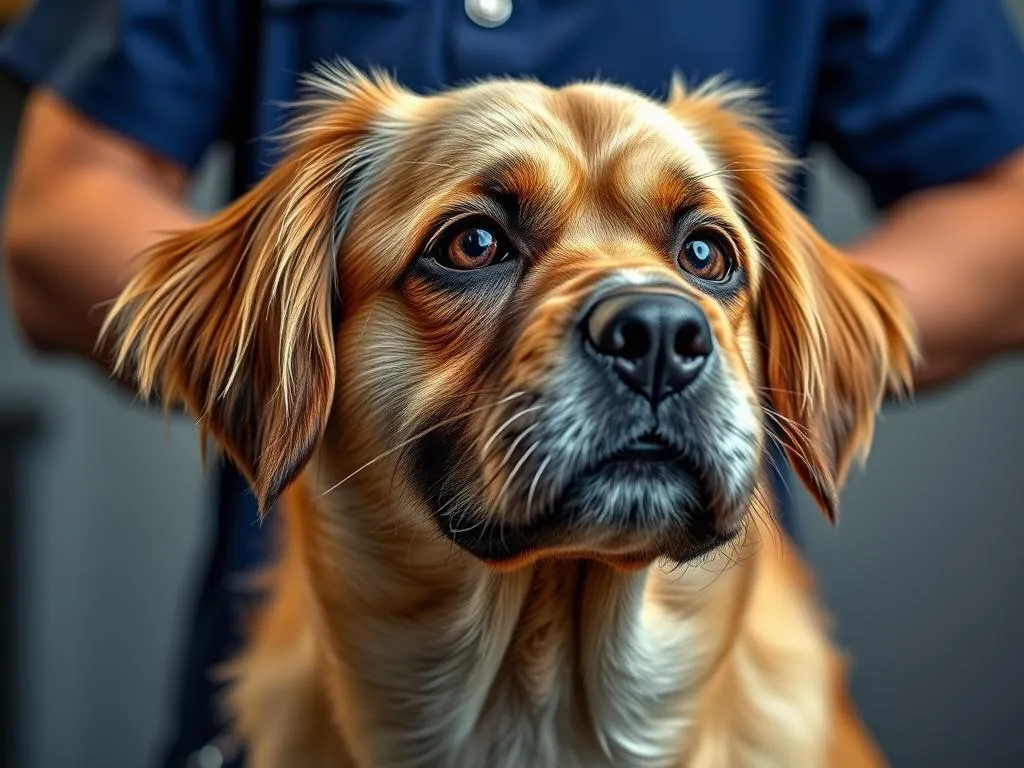
Spaying is a crucial aspect of dog health care that every pet owner should understand. It involves the surgical removal of a female dog’s reproductive organs, specifically the ovaries and usually the uterus. This procedure not only helps in controlling the pet population but can also lead to numerous health and behavioral benefits for your furry friend.
Understanding the spaying process is essential for responsible pet ownership. One of the most commonly asked questions regarding this procedure is, how long does it take to spay a dog? Let’s delve into the details of spaying, its benefits, and what to expect throughout the process.
What is Spaying?
Definition of Spaying
Spaying is a surgical procedure that removes a female dog’s ovaries and typically the uterus. This procedure, often referred to as an ovariohysterectomy, is performed under general anesthesia by a qualified veterinarian.
It is important to note that spaying is different from neutering, which refers to the surgical removal of a male dog’s testicles. Both procedures aim to prevent reproduction but are tailored to the specific needs of the respective genders.
Reasons for Spaying
There are several compelling reasons to spay your dog:
-
Health Benefits: Spaying significantly reduces the risk of certain cancers, such as ovarian and uterine cancer. It also eliminates the risk of pyometra, a potentially life-threatening infection of the uterus.
-
Behavioral Benefits: Spayed dogs often exhibit fewer behavioral issues, such as aggression or roaming. This can lead to a more stable and enjoyable relationship between you and your pet.
-
Population Control: With millions of dogs in shelters, spaying helps to control the pet population and promotes responsible pet ownership. By reducing the number of unwanted litters, we can help ensure that every dog has a loving home.
The Spaying Procedure
Pre-Surgery Preparations
Before the surgery, your veterinarian will conduct a thorough health assessment of your dog. This may include:
-
Health Assessments and Consultations: A physical examination to ensure your dog is healthy enough for surgery.
-
Required Vaccinations and Tests: Ensuring your dog is up-to-date on vaccinations and may require pre-surgical blood tests to check organ function.
-
Fasting Before Surgery: Most veterinarians recommend that your dog fast for several hours before surgery to reduce the risk of complications during anesthesia.
The Surgical Process
The surgical process of spaying involves several key steps:
-
Anesthesia: Your dog will be placed under general anesthesia to ensure she feels no pain during the procedure.
-
Incision: The veterinarian makes an incision in the abdomen, usually just below the belly button.
-
Removal of Ovaries and Uterus: The ovaries and uterus are carefully removed.
-
Closure: The incision is then closed with sutures or surgical glue.
Now, addressing the key question: how long does it take to spay a dog? The typical duration for the surgical procedure is approximately 1 to 2 hours. However, your dog may be at the veterinary clinic for several hours to ensure she is stable after the procedure and recovering from anesthesia.
Post-Surgery Care
After the surgery, your dog will need some time to recover. Here’s what to expect:
-
Immediate Recovery Process: Your dog may be groggy and disoriented as the anesthesia wears off. This is entirely normal.
-
Signs of a Successful Surgery: Look for signs that your dog is recovering well, such as eating and drinking normally, and resuming her usual behavior after a day or two.
-
Instructions for Home Care: Your veterinarian will provide specific instructions regarding pain management, activity restrictions, and how to care for the surgical site. It’s essential to prevent your dog from jumping or running to allow for proper healing.
Recovery After Spaying
Typical Recovery Timeline
The recovery period for a spayed dog usually lasts 1 to 2 weeks. During this time, you may observe the following:
-
Initial Restlessness: Your dog may be restless or uncomfortable the first day or two following surgery.
-
Gradual Return to Normal Activity: Most dogs will begin to feel more like themselves after a few days, but it is important to limit activity as your veterinarian advises.
-
Monitoring the Surgical Site: Keep an eye on the incision site for any swelling, redness, or discharge, which could indicate complications.
Signs of Complications
While spaying is a common procedure, it is essential to be aware of potential complications. Common issues include:
-
Infection: Signs may include swelling, redness, or discharge from the surgical site.
-
Excessive Bleeding: If you notice significant bleeding or if your dog appears unusually lethargic, contact your veterinarian immediately.
-
Vomiting or Diarrhea: While mild gastrointestinal upset can occur post-surgery, ongoing vomiting or diarrhea should be addressed promptly.
Follow-Up Care
Follow-up veterinary visits are crucial for ensuring your dog’s recovery is on track. During these appointments, your veterinarian will:
- Assess the surgical site for healing.
- Check for any signs of complications.
- Remove sutures if necessary, typically about 10-14 days post-surgery.
Cost of Spaying
Average Costs
The cost of spaying a dog can vary widely based on several factors, including:
-
Location: Prices can differ significantly depending on geographic location.
-
Veterinary Clinic: The reputation and services of the clinic may also influence costs.
On average, you can expect to pay between $200 to $500 for spaying. This cost typically includes the surgery, anesthesia, and sometimes post-operative medications.
Low-Cost Spaying Options
If the average costs are prohibitive, consider looking into low-cost spaying options:
-
Community Programs and Clinics: Many animal shelters and community organizations offer subsidized spaying services.
-
Financial Assistance: Some veterinary clinics may offer payment plans or financial assistance programs for pet owners in need.
Alternatives to Spaying
Hormonal Treatments
While spaying is often the recommended option, there are alternatives, such as hormonal treatments. These can include:
-
Hormonal Injections: These can temporarily suppress the heat cycle in dogs but do not provide the same long-term health benefits as spaying.
-
Implants: Hormonal implants are another option that can prevent heat cycles for a limited duration.
However, it’s essential to weigh the pros and cons of hormonal treatments, as they may have side effects and do not eliminate the risk of certain health issues.
Importance of Consulting a Veterinarian
Before making a decision regarding spaying or alternatives, consult your veterinarian. They can provide personalized advice based on your dog’s health, age, and lifestyle, ensuring you make an informed decision.
FAQs About Spaying
Common Questions
-
How old should a dog be to be spayed? Most veterinarians recommend spaying dogs between 6 months and 1 year of age, though it can be done as early as 8 weeks in some cases.
-
What are the risks associated with spaying? While spaying is generally safe, risks include reactions to anesthesia, bleeding, and infection. The benefits usually outweigh the potential risks.
Addressing Myths and Misconceptions
Misinformation about spaying can lead to hesitation among pet owners. Here are some common myths clarified:
-
Myth: Spaying causes weight gain.
Fact: Weight gain is primarily a result of overfeeding and lack of exercise, not spaying itself. -
Myth: Spaying changes a dog’s personality.
Fact: While spaying may reduce certain behaviors associated with heat cycles, it does not generally alter a dog’s fundamental personality.
Conclusion
Spaying is a vital component of dog health care that offers numerous benefits for your pet, including improved health, better behavior, and support for population control. Understanding the spaying process, recovery expectations, and the associated costs is essential for every pet owner. Always consult with a veterinarian to make the best decision for your beloved dog, ensuring her health and well-being for years to come.









